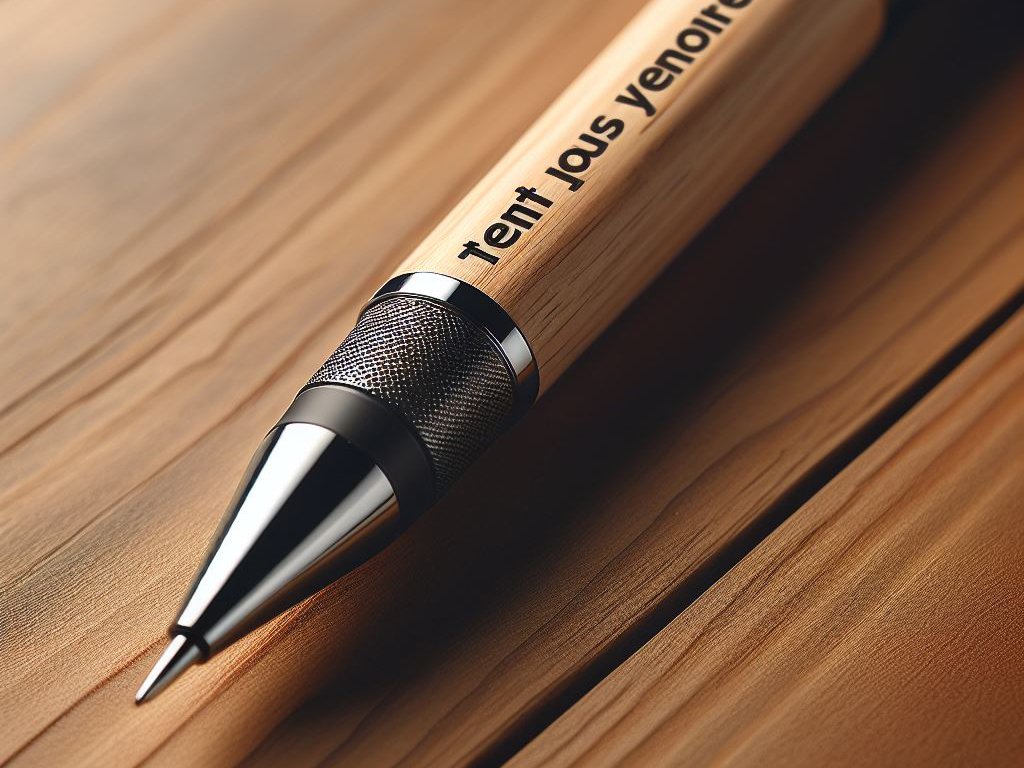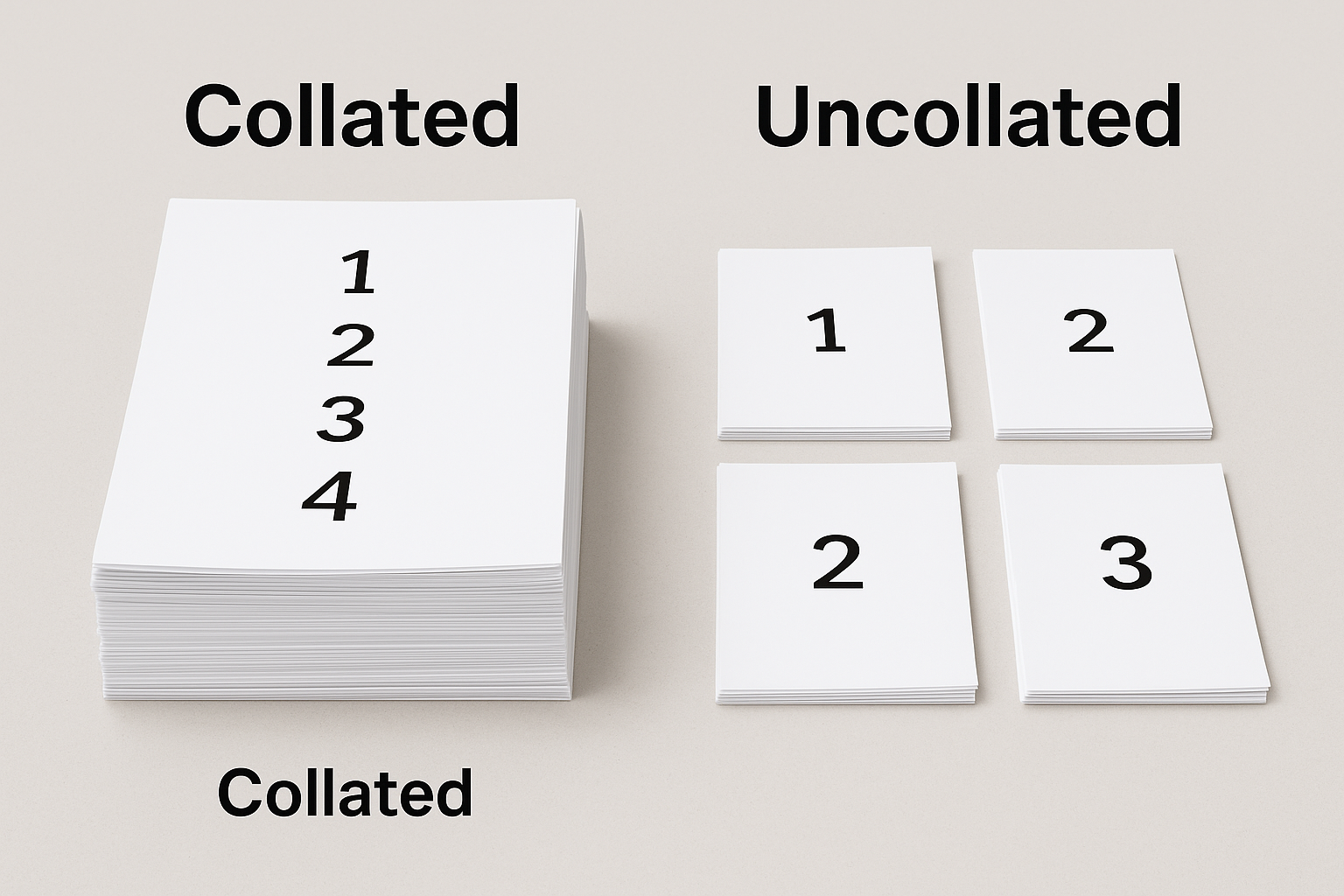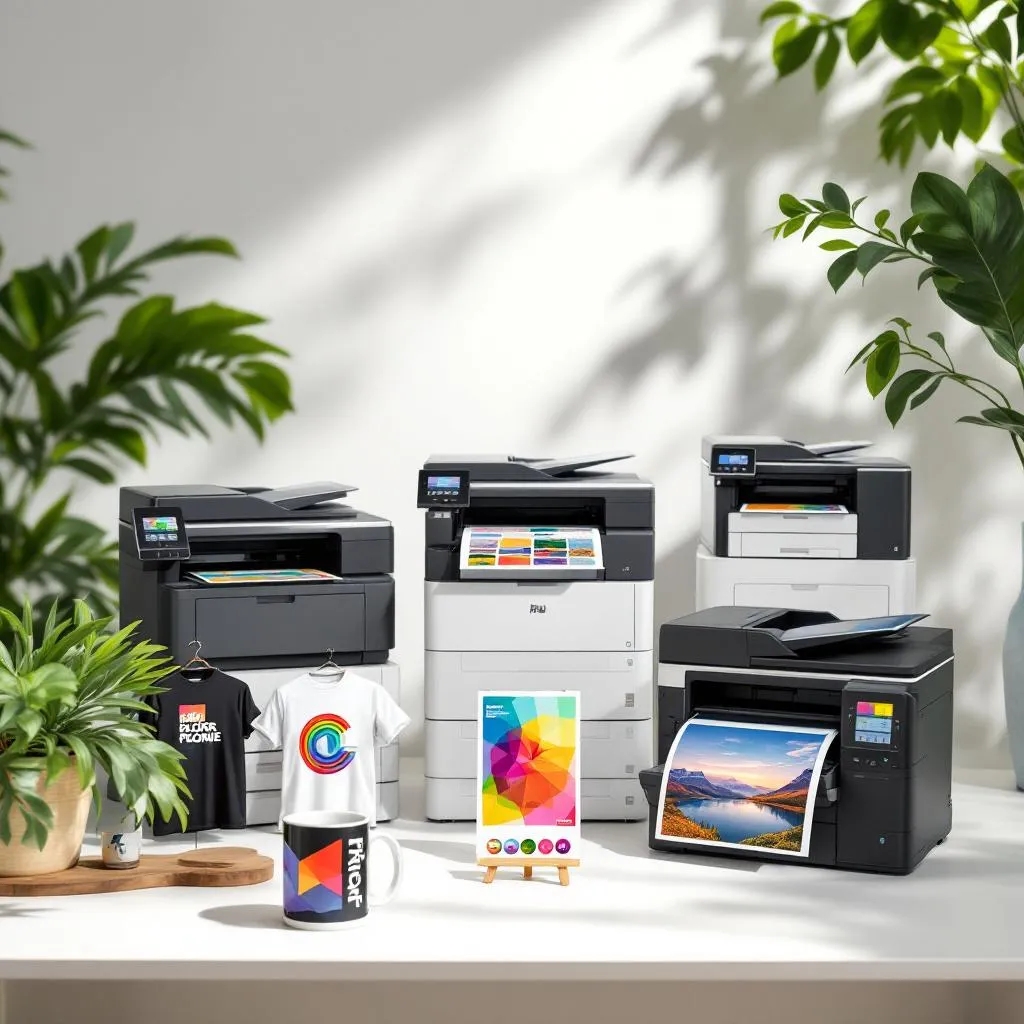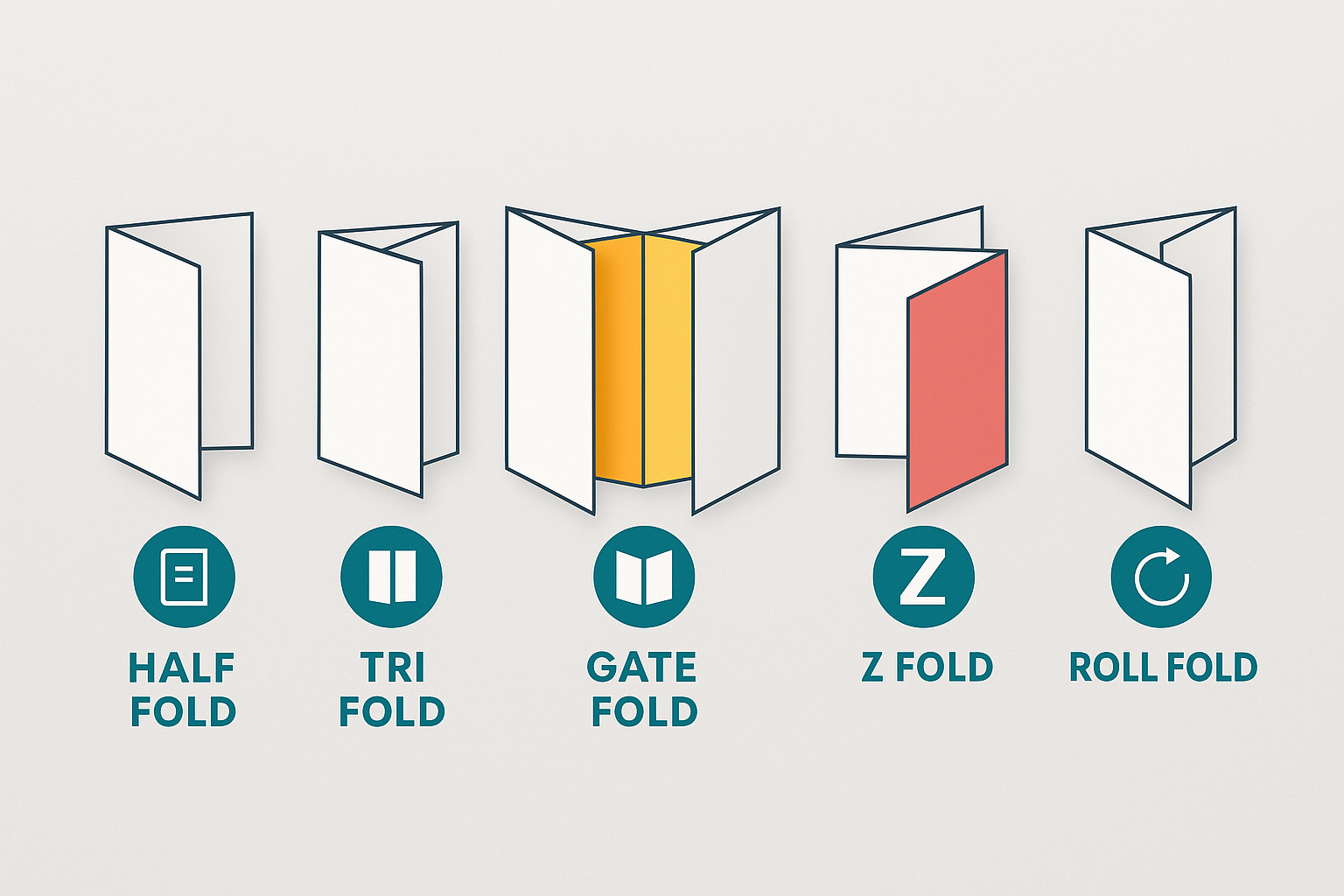5 Ways to Print on Pens
When it comes to personalizing pens, various printing techniques offer unique advantages and considerations. In this article, we’ll delve into five popular methods for printing on pens, examining the pros and cons of each technique.
1. Screen Printing
Pros:
- Cost-Effective: Screen printing remains a cost-effective choice, especially for large quantities of pens, making it an attractive option for businesses looking to create promotional items in bulk.
- Durability: The inks used in screen printing are known for their durability, resulting in pens that withstand the test of time without fading or wearing easily.
- Versatility: Screen printing is versatile and can be applied to a wide range of materials, including plastics and metals, providing adaptability for diverse pen customization needs.
- Bold and Opaque Colors: This method is well-suited for bold and opaque colors, creating visually striking designs on the surface of the pen.
Cons:
- Limited Detail: Screen printing may struggle with reproducing fine details and intricate designs due to its nature of using stencils to apply ink.
- Color Limitations: While effective for many applications, screen printing may have limitations when it comes to reproducing a broad spectrum of colors, particularly intricate color gradients or shades. This can be a consideration for designs requiring a wide range of hues or intricate color details.
2. Direct Digital Printing
Pros:
- Full-Color Printing: Direct digital printing stands out for its ability to reproduce intricate, full-color designs with exceptional detail, making it an ideal choice for creating pens with complex logos or vivid graphics.
- Versatility: This method is highly adaptable and can be applied to various materials, offering flexibility for customization across different pen types.
- Quick Turnaround: Direct digital printing allows for a relatively swift production process, making it an excellent choice for those seeking a faster turnaround for personalized pen orders.
- No Set-Up Costs: Unlike traditional printing methods that may incur significant set-up costs, direct digital printing eliminates the need for screens or plates, contributing to a more cost-effective solution for smaller batches.
Cons:
- Cost: While suitable for smaller quantities, the cost of direct digital printing can be higher compared to traditional methods like screen printing, making it less economical for large production runs.
- Surface Compatibility: Direct digital printing may not adhere well to all pen materials, and certain surfaces may require additional treatment to ensure proper ink adhesion. It’s essential to consider the compatibility of the printing method with the chosen pen material to achieve optimal results.
3. Pad Printing
Pros:
- Versatility: Pad printing is renowned for its versatility, excelling in applying designs to various pen shapes, sizes, and materials, including those with irregular or curved surfaces.
- High Detail: The method is particularly adept at reproducing intricate details and small text, making it an excellent choice for pens with logos or designs requiring precision.
- Quick Production: Once the initial setup is complete, pad printing allows for efficient and high-volume production, contributing to faster turnaround times for larger orders.
Cons:
- Limited Colors: While effective for many applications, pad printing may have limitations on the number of colors that can be accurately applied in a single pass, which can be a consideration for more complex designs with a broad color palette.
- Setup Time: The setup process for pad printing can be time-consuming, especially for intricate designs. The need for precise alignment and preparation of printing plates can extend the time required to initiate the printing process.
4. Engraving Using a Laser
Pros:
- Permanent Marking: Laser engraving offers a distinct advantage in providing a permanent and durable mark on pens, ensuring that the design remains intact over time without fading or wearing off.
- Precision: Laser engraving allows for exceptional precision, resulting in clean and sharp designs. This is particularly beneficial for creating logos, text, or intricate patterns on pens.
- Applicable to Various Materials: Effective on materials like metal, wood, and certain plastics, laser engraving provides flexibility in choosing pen materials for customization.
Cons:
- Limited to Certain Materials: While versatile, laser engraving may not be as effective on all pen materials, making it crucial to select pens made from compatible substances to achieve optimal results.
- Monochromatic: Engraving tends to be monochromatic, lacking the color variety offered by other printing methods. This limitation can influence the overall aesthetic appeal of the engraved design, particularly for those seeking a vibrant and multicolored look for their pens.
5. Digital Printing
Pros:
- Full-Color Options: Digital printing is renowned for its ability to provide a broad spectrum of color options, enabling the creation of pens with vibrant and detailed designs, including complex color gradients and shades.
- Quick Turnaround: Digital printing stands out for its efficiency and quick turnaround, making it an attractive option for those seeking a rapid production process without compromising print quality.
- Adaptability: Suitable for various pen materials, including plastics and metals, digital printing offers adaptability for diverse customization needs. This flexibility makes it an ideal choice for those looking to personalize pens made from different materials within a single order.
Cons:
- Cost: While digital printing is advantageous for smaller batches, the cost may be higher compared to traditional methods like screen printing, especially for large production runs. It’s essential to weigh the benefits against the budget when choosing digital printing for personalized pen projects.
- Adhesion Challenges: Some materials may not adhere well to digital printing, and additional surface treatments may be required to ensure proper ink adhesion. It’s crucial to consider the compatibility of the printing method with the chosen pen material to achieve optimal results.
In conclusion, the choice of pen printing technique depends on factors such as budget, design complexity, and the desired result. Screen printing, direct digital printing, pad printing, laser engraving, and digital printing each have their unique advantages and considerations. Understanding these differences empowers businesses and individuals to select the method that aligns best with their specific requirements for personalized pen printing.




